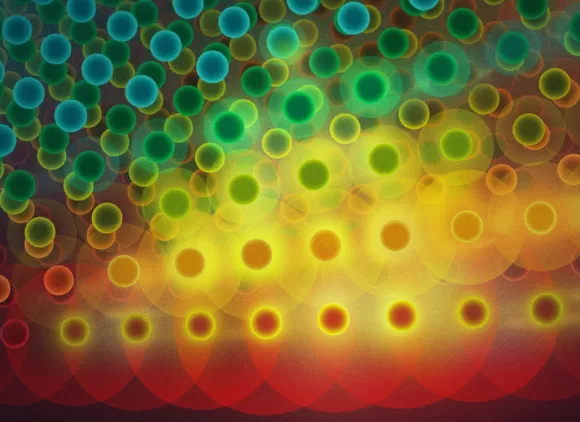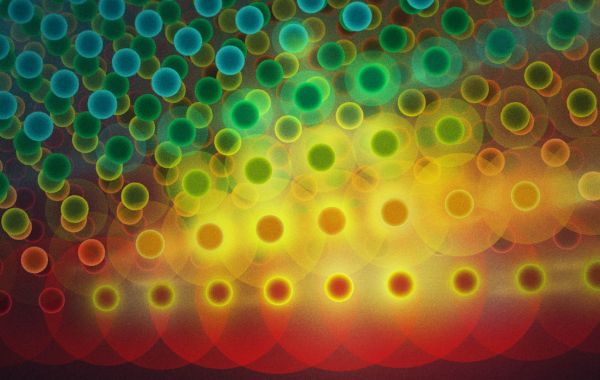About the series
Talk Title: Shading Languages and the Emergence of Programmable Graphics Systems
Bio: Pat Hanrahan is the Canon Professor of Computer Science and Electrical Engineering in the Computer Graphics Laboratory at Stanford University. His research focuses on rendering algorithms, graphics systems, and visualization.
Hanrahan received a Ph.D. in biophysics from the University of Wisconsin-Madison in 1985. As a founding employee at Pixar Animation Studios in the 1980s, Hanrahan led the design of the RenderMan Interface Specification and the RenderMan Shading Language. In 1989, he joined the faculty of Princeton University. In 1995, he moved to Stanford University. More recently, Hanrahan served as a co-founder and CTO of Tableau Software. He has received three Academy Awards for Science and Technology, the SIGGRAPH Computer Graphics Achievement Award, the SIGGRAPH Stephen A. Coons Award, and the IEEE Visualization Career Award. He is a member of the National Academy of Engineering and the American Academy of Arts and Sciences. In 2019, he received the ACM A. M. Turing Award.
Talk Abstract: A major challenge in using computer graphics for movies and games is to create a rendering system that can create realistic pictures of a virtual world. The system must handle the variety and complexity of the shapes, materials, and lighting that combine to create what we see every day. The images must also be free of artifacts, emulate cameras to create depth of field and motion blur, and compose seamlessly with photographs of live action.
Pixar's RenderMan was created for this purpose, and has been widely used in feature film production. A key innovation in the system is to use a shading language to procedurally describe appearance. Shading languages were subsequently extended to run in real-time on graphics processing units (GPUs), and now shading languages are widely used in game engines. The final step was the realization that the GPU is a data-parallel computer, and the shading language could be extended into a general-purpose data-parallel programming language. This enabled a wide variety of applications in high performance computing, such as physical simulation and machine learning, to be run on GPUs. Nowadays, GPUs are the fastest computers in the world. This talk will review the history of shading languages and GPUs, and discuss the broader implications for computing.
Register in advance for this webinar:
https://nsf.zoomgov.com/webinar/register/WN_nxv7QLNRT5ukqTFXeP1Cnw
Or an H.323/SIP room system:
H.323: 161.199.138.10 (US West) or 161.199.136.10 (US East)
Meeting ID: 160 647 3166
Passcode: 753419
SIP: 1606473166@sip.zoomgov.com
Passcode: 753419
After registering, you will receive a confirmation email containing information about joining the webinar.


